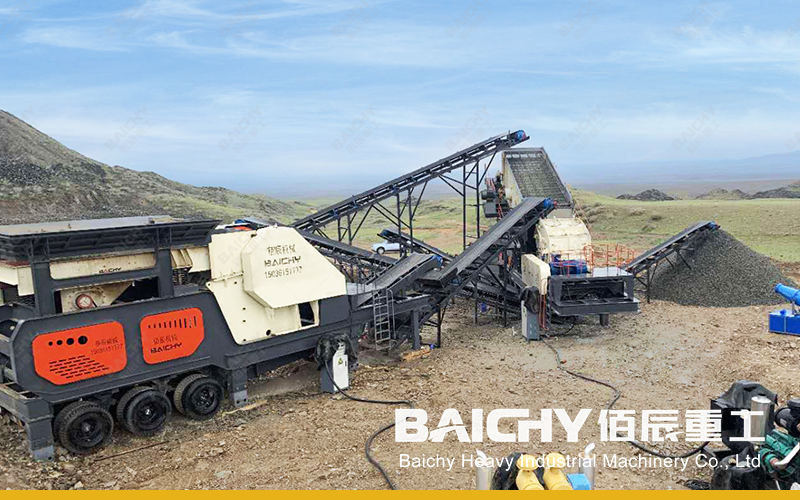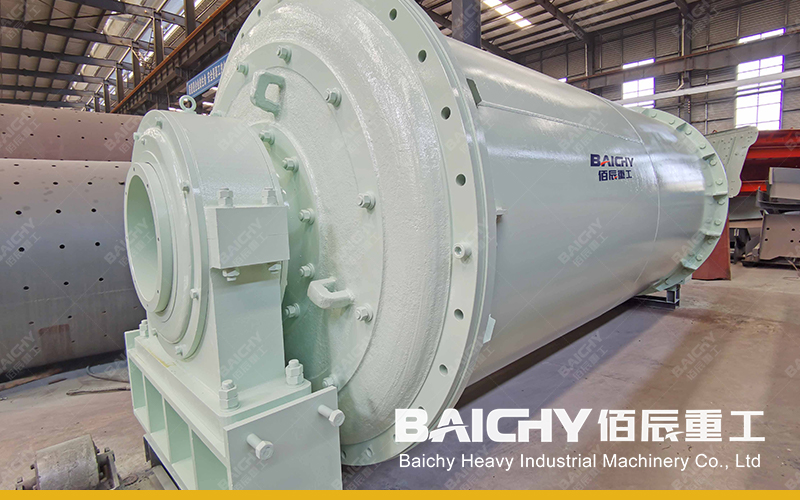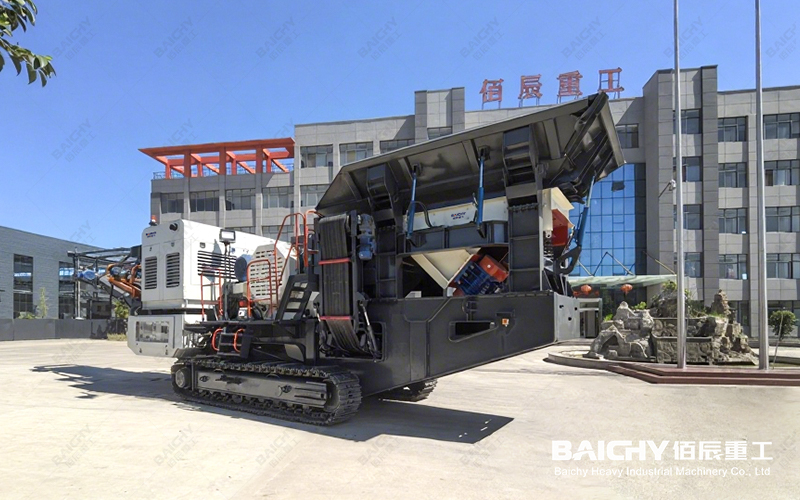In mining, construction waste disposal, or road construction, how can we quickly and efficiently crush and utilize stone materials on-site? Mobile crushers, with their flexible relocation, integrated operation, and energy-saving and environmentally friendly features, are becoming a new favorite in the industry.
Mobile Crusher PDF, Download ↓↓↓
This article will delve into their working principle, core advantages, and applicable scenarios, providing a reliable solution for your project.
I. What is a Mobile Crusher?
A mobile crusher is an upgraded version of the traditional crusher, integrating feeding, crushing, screening, and conveying functions. Equipped with a tire or tracked chassis, it can be moved to different locations at any time. Its core crushing structure adopts the "moving and fixed crusher" compression principle, suitable for medium-to-high hardness materials with a compressive strength below 320MPa (such as granite, basalt, construction waste, etc.). The output particle size is adjustable over a wide range (10-350mm), making it an ideal choice for mobile crushing projects.

II. Core Advantages and Highlights
1. Flexible Mobility, Reduced Transportation Costs
• Tracked/wheeled design, requiring no foundation installation, allowing direct deployment to construction sites, especially suitable for complex terrain mining or urban construction waste treatment projects.
2. Integrated Operation, Improved Efficiency
• A single machine completes the "crushing + screening" process, reducing equipment investment and intermediate transfer links, with a capacity of 50-500 tons/hour.
3. Energy Saving and Environmental Protection, Meeting Green Requirements
• Adopting a dual-power configuration of low-noise motor and diesel engine, equipped with a pulse dust removal system, reducing dust and noise pollution, contributing to environmental compliance.
4. Intelligent Control, Simple Operation
• PLC centralized control system, real-time monitoring of equipment operation status, supporting remote fault diagnosis, reducing manual maintenance costs.
III. Typical Application Scenarios
• Mining: Primary crushing in open-pit coal mines and metal mines, enabling on-site crushing and direct transportation of ore.
• Construction Waste Recycling: Crushing and regenerating concrete and waste bricks to generate aggregates for roadbed filling or brick making. • Road Construction: On-site crushing of rocks during mountain road construction reduces the cost of purchasing building materials.
• Emergency Projects: Rapidly establishing temporary crushing production lines for disaster reconstruction and other temporary projects.
IV. Selection Recommendations and Precautions
• Model Selection Based on Material: For high-hardness ores, heavy-duty crushing plates (such as manganese steel) are recommended. For construction waste processing, a magnetic separator should be installed.
• Power Configuration: Diesel engine drive is available for scenarios without electricity supply; electric drive is preferred for fixed operating areas to reduce costs.
• Maintenance Points: Regularly check crushing plate wear, lubrication system, and chassis stability to extend equipment life.
Mobile crushers revolutionize traditional crushing processes with a "mobile factory" model, combining flexibility, efficiency, and environmental friendliness. Whether for mining crushing or construction waste recycling, it creates significant economic and environmental benefits for customers. Choosing the appropriate model and scientific operation and maintenance will be a key step in enhancing your competitiveness!












